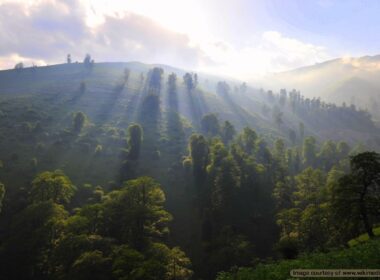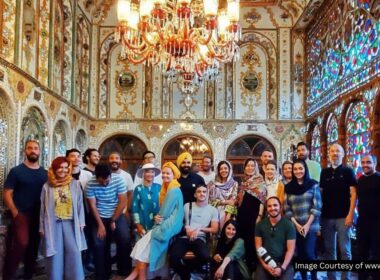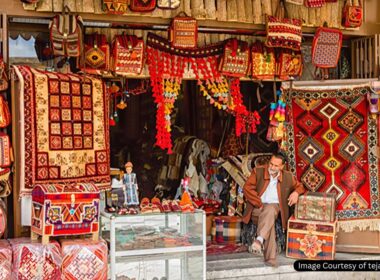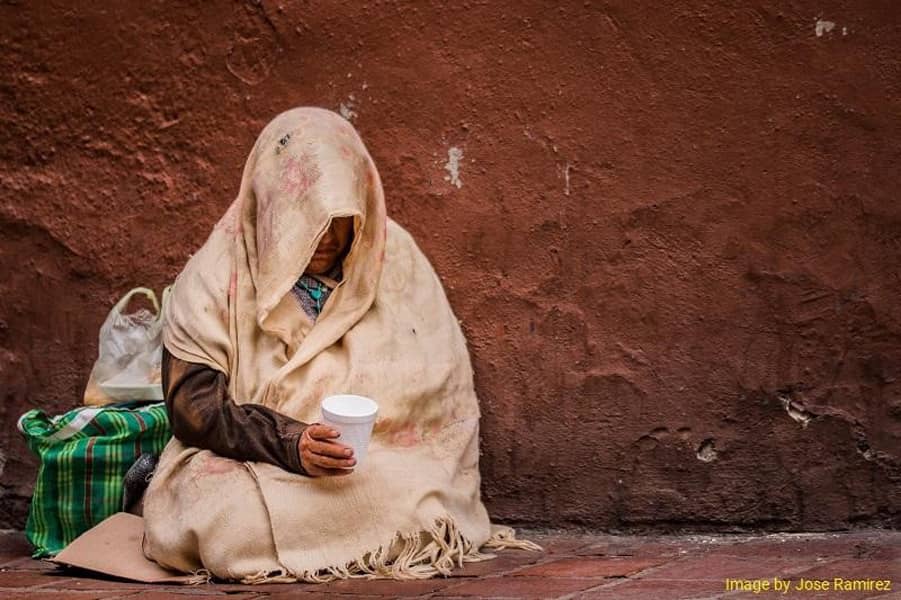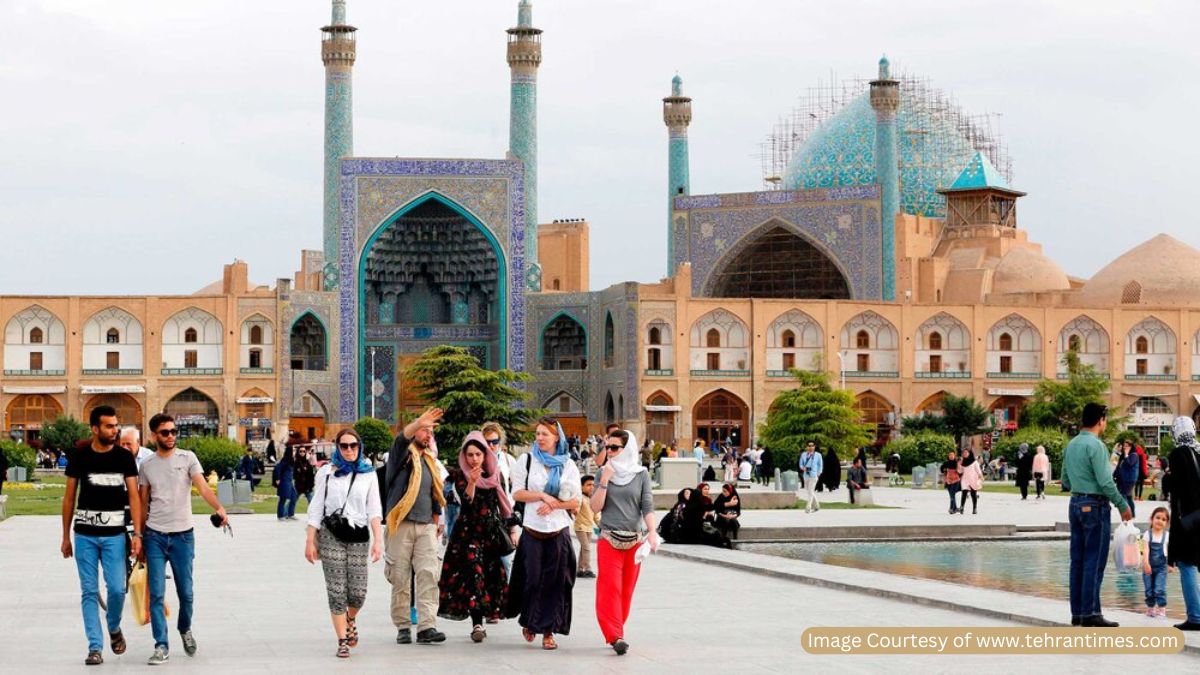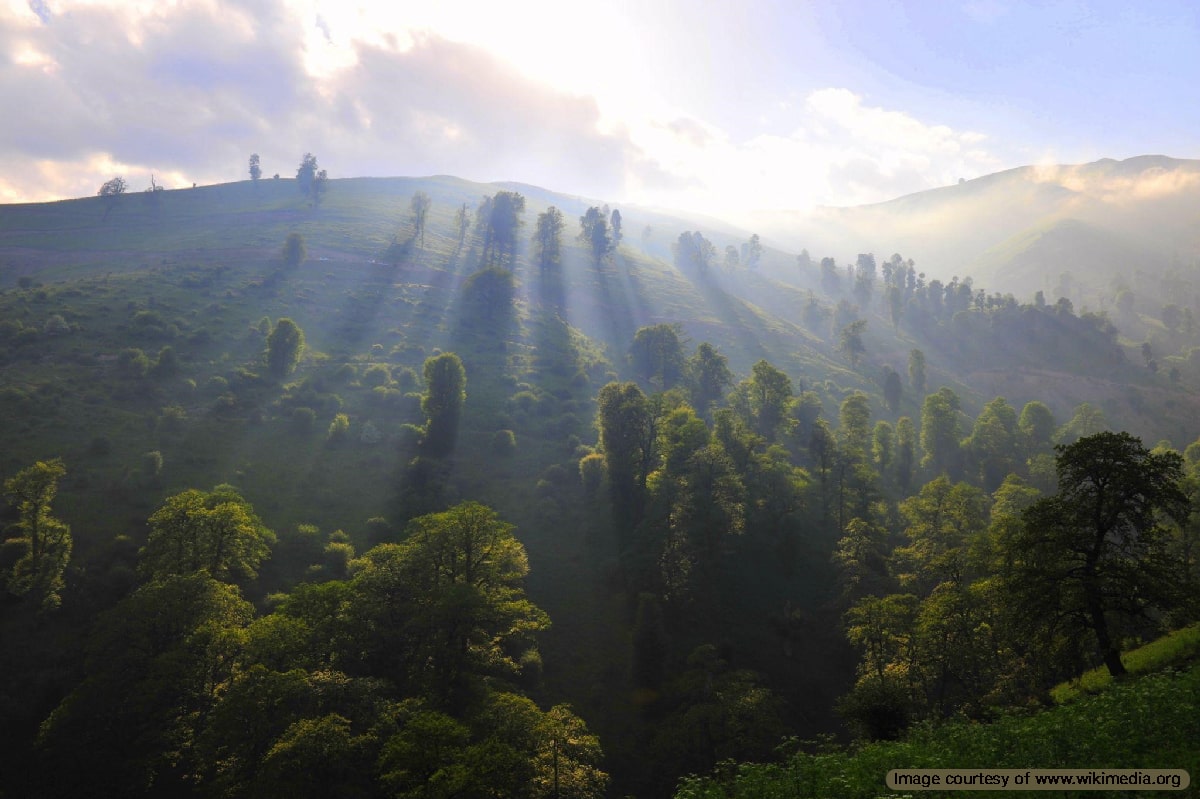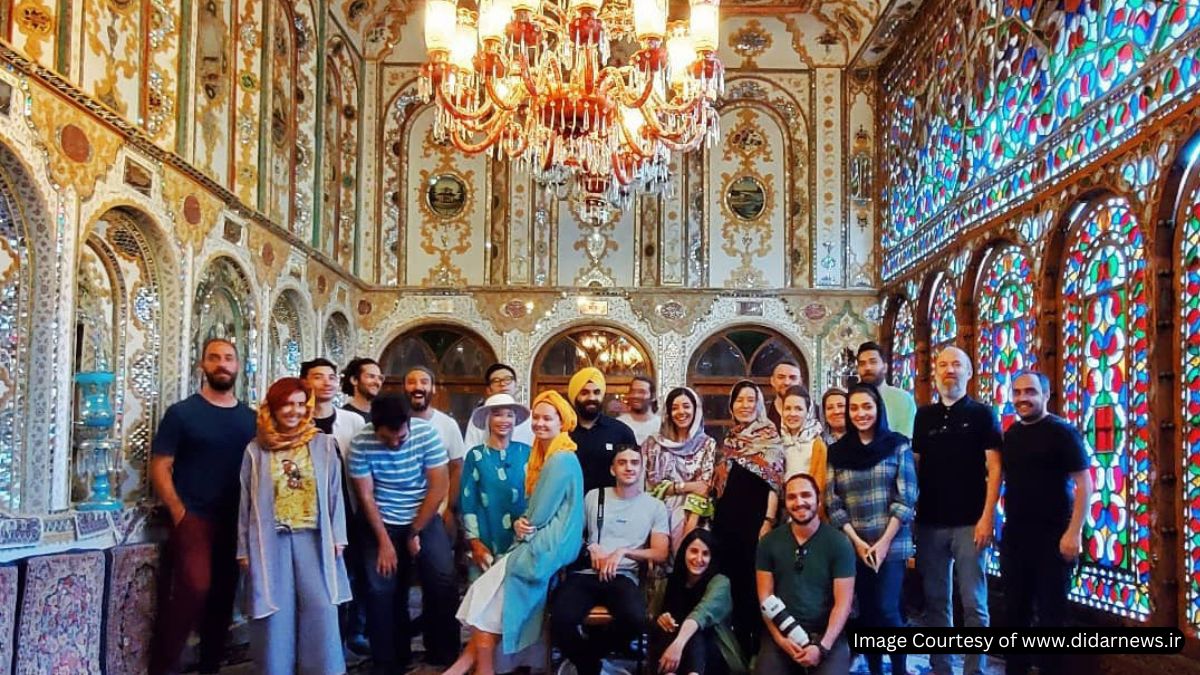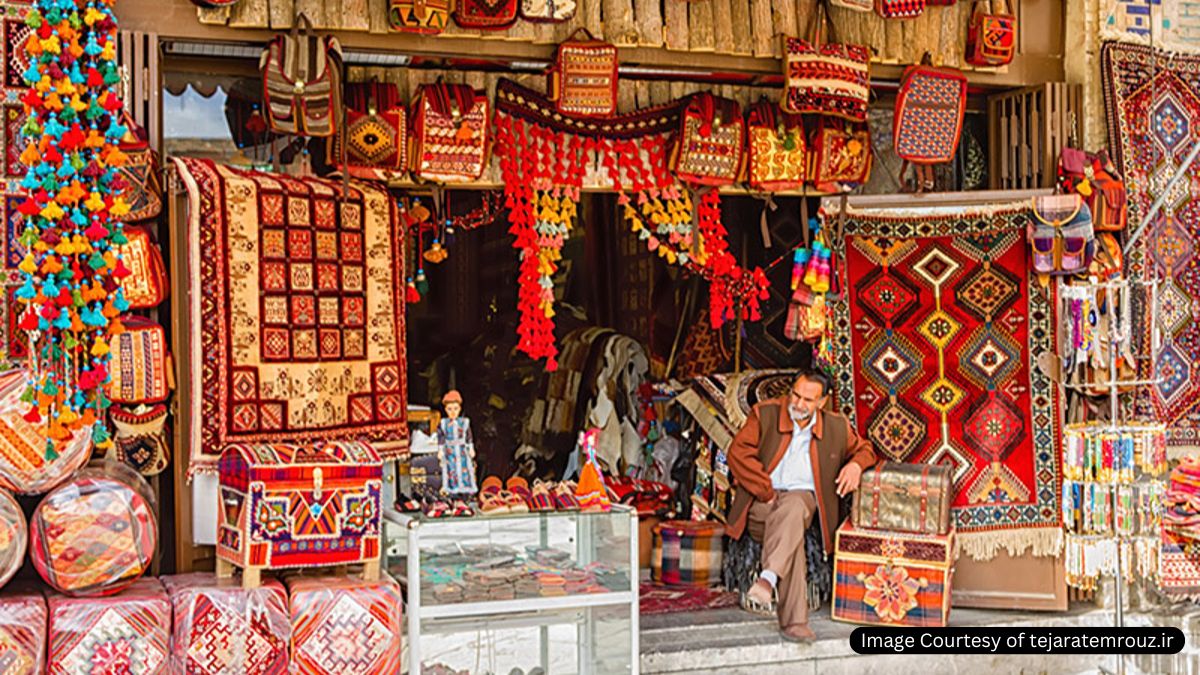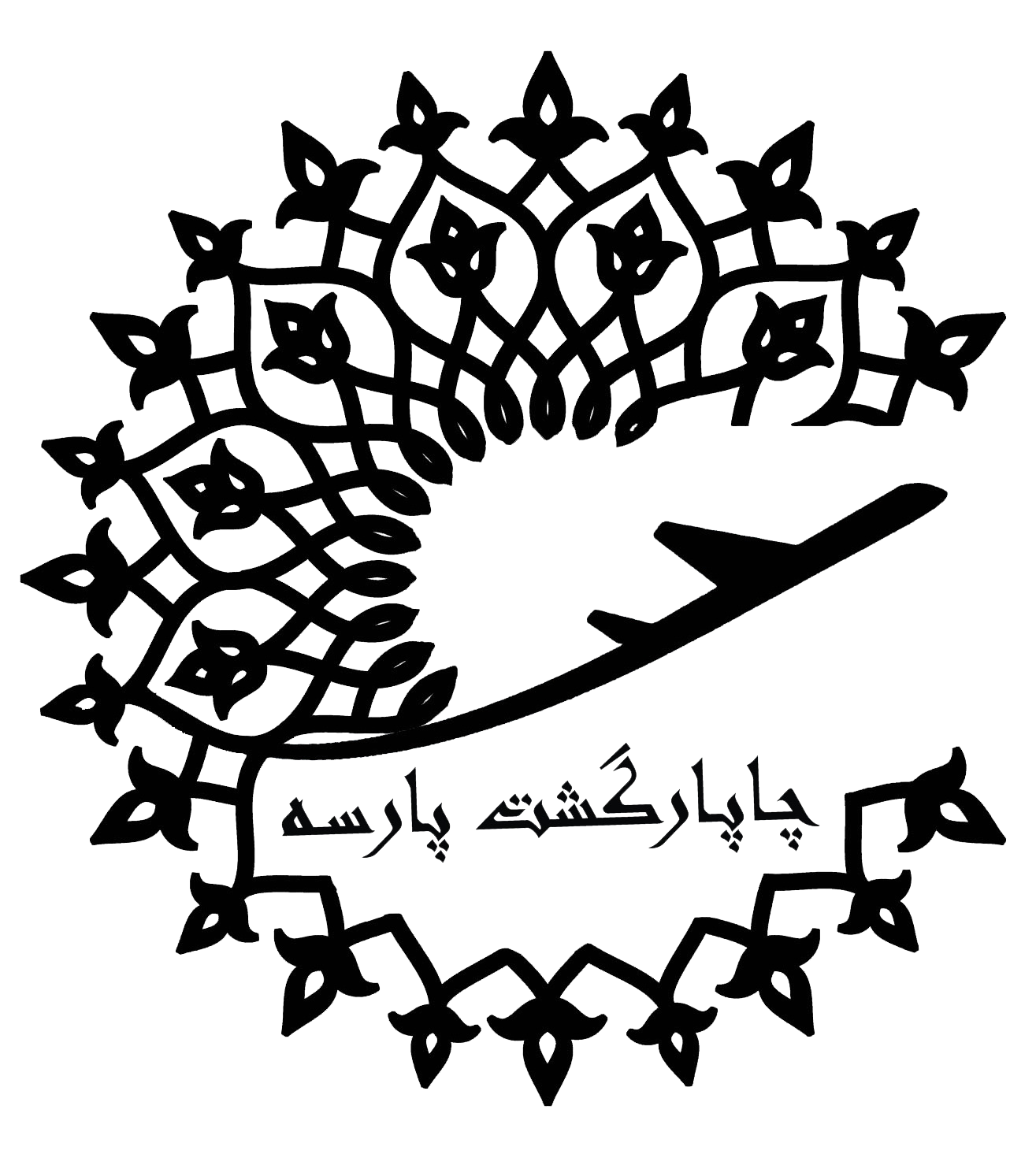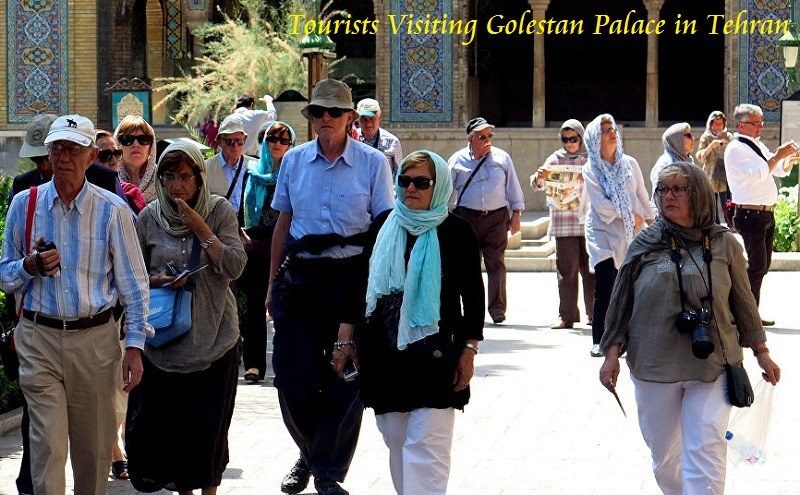
You may ask yourself,” Why should I travel to Iran?” Due to the recent turmoil, Iran’s tourism industry has dwindled, but here are the top 10 reasons why Iran should be your next destination for travel regardless of the stigma.
Iran is one of the oldest civilizations in the Middle East and home to marvels of three millennia of history. Since the dawn of the Persian Empire, it has remained a travel destination for visitors from the Far East, Europe, and the Americas. Today, travelers from across the world should consider a tour of Iran to learn more about its culture and history. Here are the top 10 things to know before going to Iran. They will convince you to make a firm decision:
1. The Birthplace of Eastern Philosophy
Iran’s intellectual legacy shaped Eastern philosophy, influencing how societies think and interact. Iran’s ancient Zoroastrian belief in “good thoughts, good words, good deeds” shaped much of ancient religious philosophy in the region and beyond.
Today, this ethos thrives in everyday life. The fusion of pre-Islamic Zoroastrian values—like the duality of good and evil—with Islamic traditions created a unique cultural ethos. Iranians’ resilience through centuries of invasions and upheavals has preserved their distinct identity, making interactions with locals deeply enriching. Experience their warmth firsthand and discover why Iranian hospitality is legendary.
2. A Masterclass in Architectural Evolution
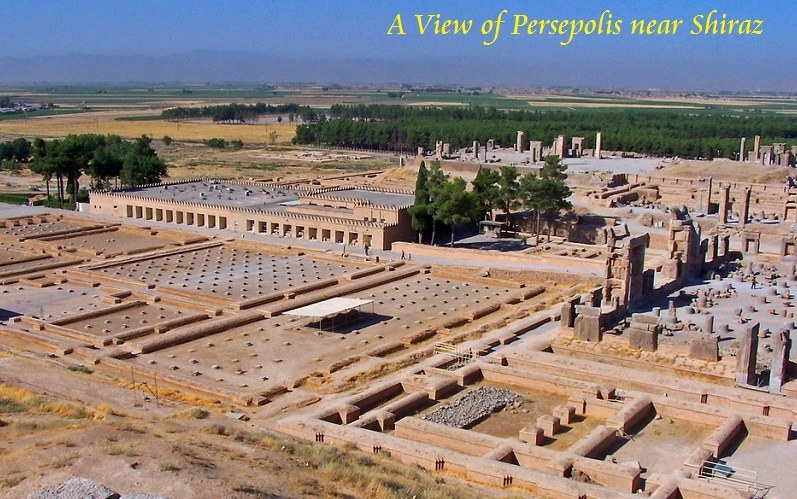
Iran’s architecture is a timeline of human creativity. Pre-Islamic wonders like Persepolis and the Sassanian Ardeshir Palace showcase grandeur through colossal columns and intricate carvings. Post-Islamic marvels, such as Isfahan’s Imam Mosque and Shiraz’s Nasir al-Mulk Mosque, blend geometric precision with vibrant tilework. These elements inspired Islamic architecture across the Middle East, from the UAE’s mosques to Central Asia’s mausoleums.
Suggested attractions:
- Pre-Islamic Wonders: Walk Persepolis’s 2,500-year-old staircases, where kings once greeted 10,000 guests.
- Post-Islamic Masterpieces: Lose yourself in Isfahan’s Imam Mosque—its turquoise tiles shift hue with the sun.
- Hidden Gem: After visiting Persepolis, go to the Sassanian rock carvings at Taq-e Bostan.
3. Cradle of Ancient Religions
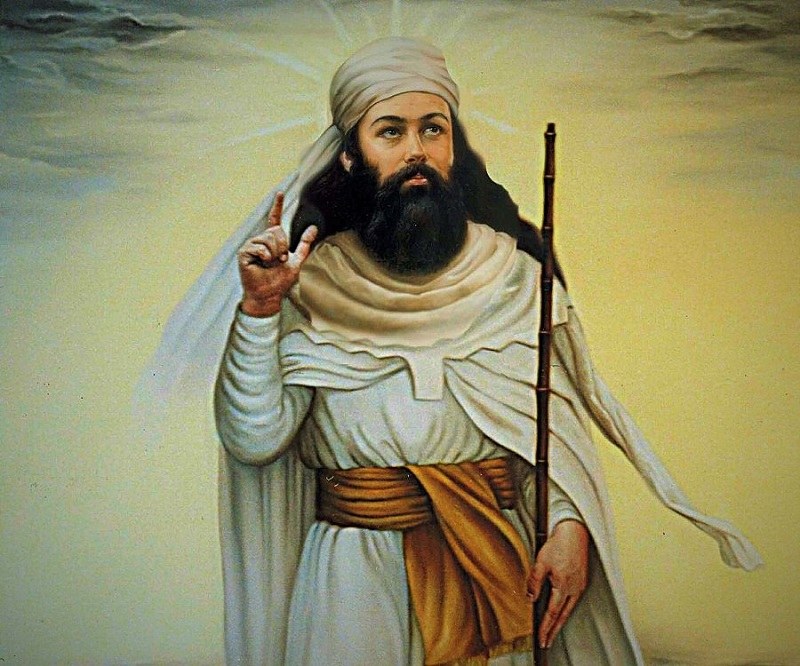
Long before monotheistic faiths dominated, Iran birthed Zoroastrianism, Manichaeism, and Mithraism. Explore active Zoroastrian fire temples in Yazd or the 2,500-year-old Takht-e Soleyman UNESCO site.
Suggested attractions:
- Islamic Shrines: Iranian cities and villages have one of the highest numbers of mosques and shrines dedicated to various religious figures in Shia history, such as Imam Reza’s shrine in Mashhad, Shah Cheraq shrine in Shiraz, Abolazim Hasani shrine in Rey, and many more.
- Zoroastrian Fire Temples: You can watch the eternal flames burn in Yazd.
- Armenian Monasteries: The oldest Christian church is located in Iran, in addition to more modern churches such as the 17th-century frescoes at Isfahan’s Vank Cathedral.
- Jewish Synagogues: Shiraz’s Mousa Synagogue has stood for 150 years.
4. A Paradise for Foodies
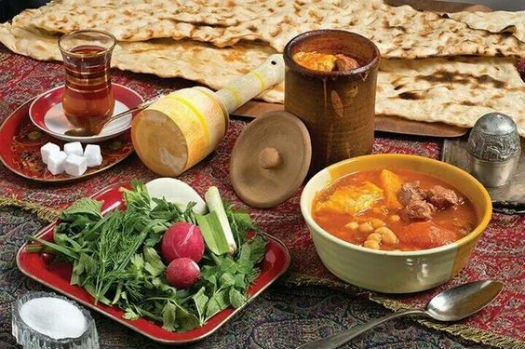
Iran’s culinary scene mirrors its cultural diversity. Street food lovers will find a heavenly mix of sweet, sour, and fusion tastes in the variety of traditional Iranian food.
Must-Try Dishes in Iran
- Koobideh Kebab: A special blend of skewered ground meat roasted over hot coals, often served with bread and Sumac or with Polo (rice).
- Ghormeh Sabzi: Herb stew bursting with fenugreek and lime.
- Tahdig: Crispy saffron rice that is served along with most Khoresh (stew) dishes.
- Faludeh: Rosewater sorbet tangled with rice noodles.
As a halal tourism hub, every meal aligns with Islamic dietary laws, ensuring you have various choices in Iranian restaurants.
5. Untouched by Mass Tourism
Skip the crowds! While tourists flock to Paris or Bali, Iran’s wonders remain blissfully uncrowded. Iran’s historical sites—like the Pasargadae—are easily accessible. Wander through UNESCO-listed ruins or bazaars without jostling for space. Visit now before global discovery transforms its serene charm.
Suggested Attractions:
- Isfahan Grand Bazaar: While it is crowded, the crowd is mostly locals and there are not many international travelers there.
- Persepolis near Shiraz: Because of its remote nature, it is rarely as crowded as major attractions of its caliber worldwide.
6. Dramatic Natural Landscapes
From the otherworldly Lut Desert (Earth’s hottest spot) to the forested slopes of the Alborz Mountains, Iran’s geography astounds. Trek through the lush villages of Mazandaran, ski in Dizin, or marvel at the pink Maharloo Lake. The diverse ecosystems rival any nature-centric destination.
Suggested Attractions:
- Zagros mountains: With a unique and diverse flora and fauna, a hike in the Zagros hillsides rivals any other mountain region in the world.
- Maranjab Desert: Hosting one of the oldest active Caravanserai in the world, you can spend the night in this desert and gaze at the night sky without light pollution.
7. 28 UNESCO World Heritage Sites
Iran boasts globally significant sites from the adobe city of Bam to the Persian Gardens of Pasargadae; Persepolis, the medieval city of Yazd, and the Persian Gardens, Iran’s UNESCO roster rivals Italy’s. Each location narrates a chapter of Persia’s 3,000-year saga, offering unparalleled insights into human achievement.
Suggested Attractions:
- Qanat Systems: Iran has Qanat channels that run under many historical neighborhoods. Consult your guide to visit one of these ancient water management systems.
- Persian Gardens: The Persian Garden collection by UNESCO consists of 9 gardens across Iran such as Bagh-e Abas Abad, Bagh-e Dolat Abad, Chehel Sotun Garden, and more.
8. Legendary Persian Hospitality
Iranians take pride in welcoming guests. Expect spontaneous invitations for tea, home-cooked meals, and heartfelt conversations. This genuine kindness transforms trips into lifelong memories.
Random encounters: While travelling through the streets, people will offer you to stay at their homes, meet their family, and enjoy traditional dishes. However, ensure your safety before accompanying people to their homes.
9. Vibrant Cultural Festivals
Join the joyous Nowruz (Persian New Year) celebrations in March or the winter solstice Yalda Night, filled with poetry and pomegranates. These traditions highlight Iran’s enduring connection to its ancient roots.
Suggested Festivals:
- Golab Giri (Rosewater Festival in Kashan): For over a millennium, people in the Kashan area gather rose petals and extract rosewater in traditional workshops. You can attend this festival from mid-May until late June.
10. Timeless Bazaars & Handicrafts
Lose yourself in the labyrinthine Grand Bazaar of Tehran or Isfahan’s Qeysarieh Bazaar. Shop for Persian carpets, turquoise jewelry, and miniature paintings—crafts perfected over millennia.
Suggested attractions:
- Carpets: Each knot symbolizes a weaver’s dream.
- Miniature Paintings: Buy hand-pressed designs in Isfahan’s bazaar.
- Turquoise: Mine-to-market gems in Neyshabur.
Why Wait to Visit Iran?
Iran is more than a destination—it’s an invitation to step into a living museum of humanity’s greatest achievements. With improved tourism infrastructure, there’s never been a better time to explore this enigmatic nation. Whether you join a guided tour or craft a personalized itinerary, Iran promises an adventure unlike any other.
Frequently Asked Questions about Visiting Iran
If you have any other questions to see if choosing Iran as a travel destination is right for you, let us know in the comments. We will respond as soon as possible.
Is Iran safe for tourists, especially Westerners?
Yes! Iran consistently ranks higher in safety than many Western countries on the Global Peace Index. Petty crime is rare, and locals are famously hospitable. Solo female travelers often report feeling welcomed and respected.
Is English widely spoken in Iran?
In major cities (Tehran, Isfahan, Shiraz), many hotel staff and guides speak English. Learn basic Persian phrases like “Salam” (Hello) or “Merci” (Thank you)—locals appreciate the effort!
Are social media and WiFi accessible in Iran?
WiFi is available in most of the hotels and cafes though speeds vary. Most social platforms (Instagram, Facebook) are blocked, but VPNs work. Travelers can get special SIM cards to access unrestricted internet. You may want to download maps and translation apps offline.
Can I drink alcohol in Iran?
Alcohol is illegal in Iran, and tourists are prohibited from consuming it. Opt for fragrant teas, doogh (yogurt drink), or fresh pomegranate juice instead!
Are there female-friendly tour options? Absolutely! Many agencies offer women-led tours, female guides, and women-only accommodations. Iranian women are eager to share their culture with female travelers


